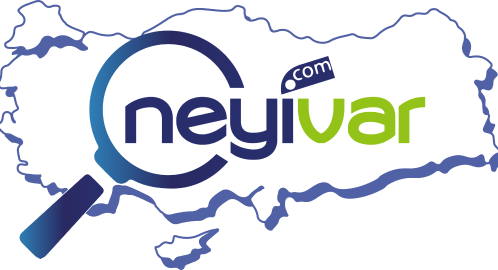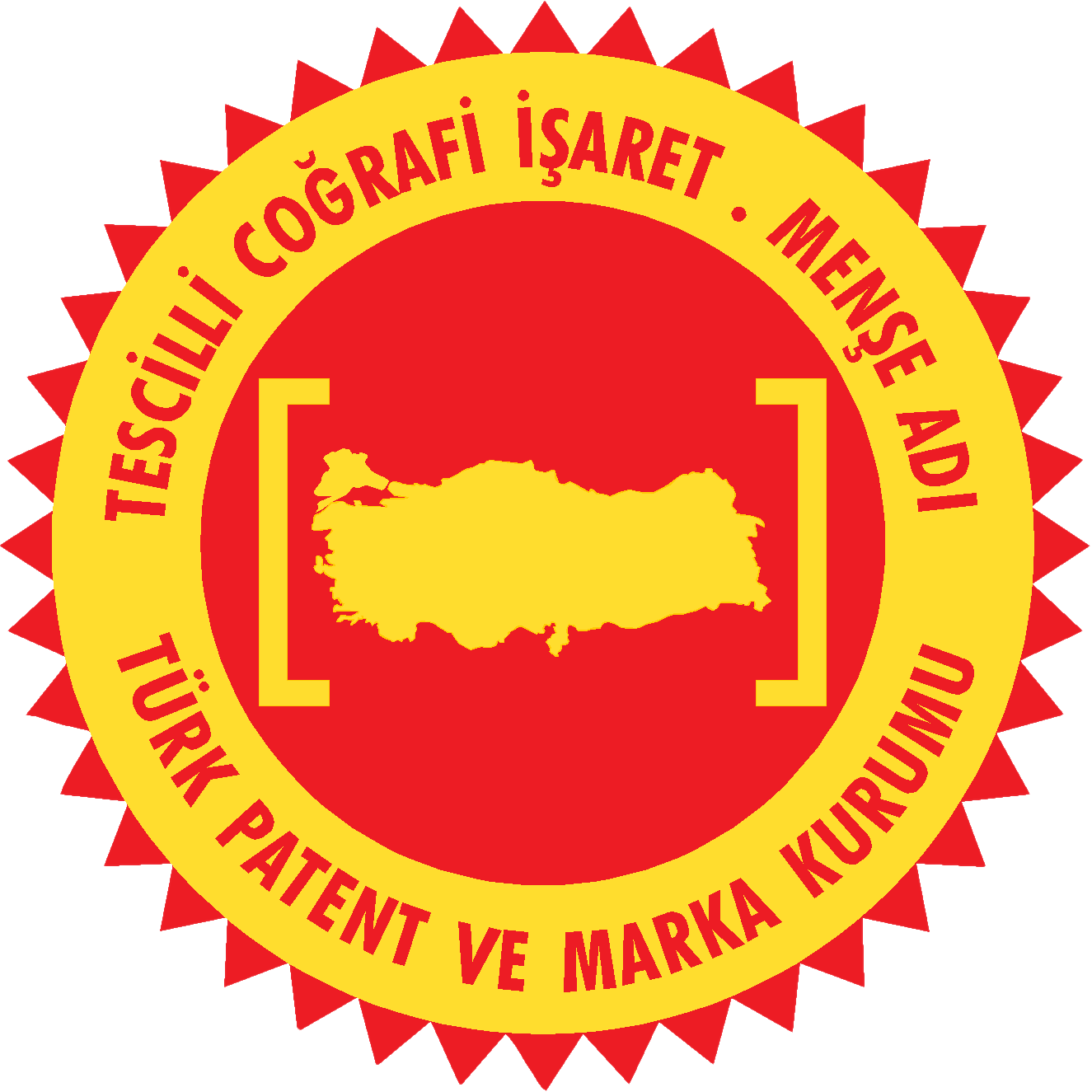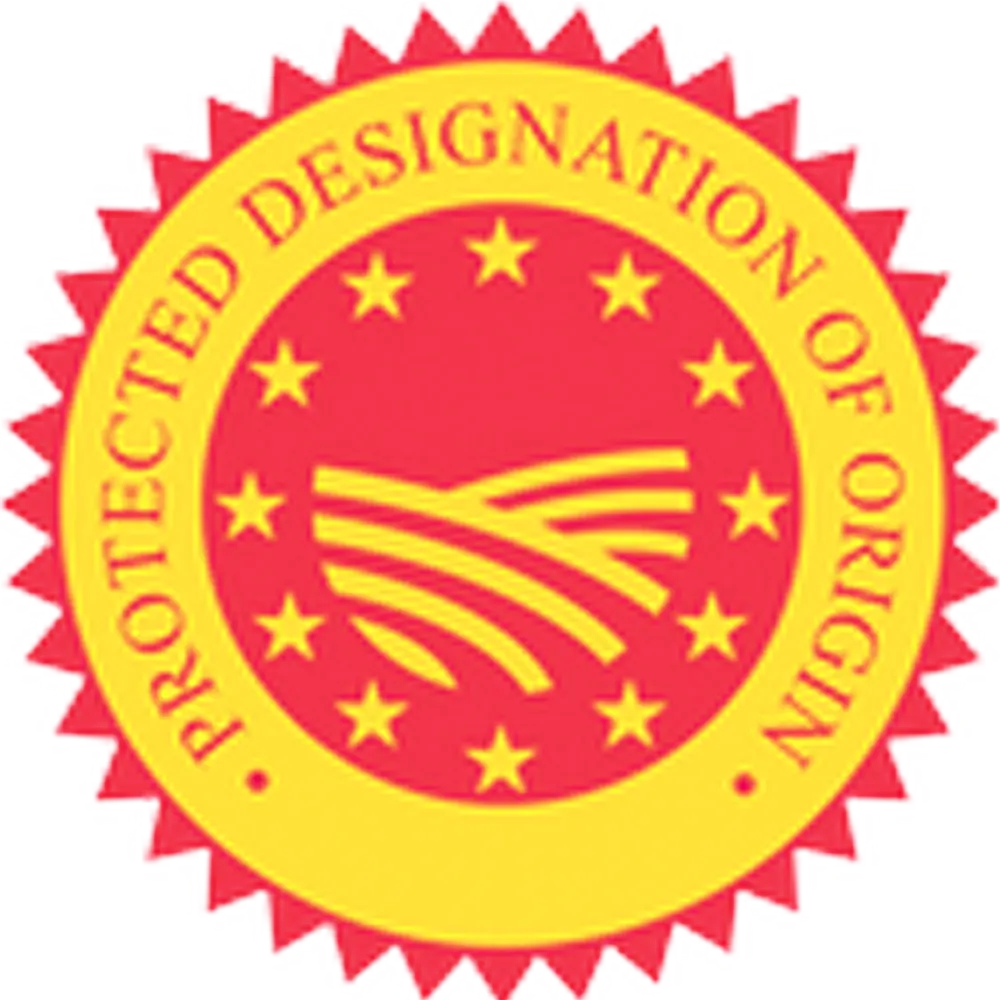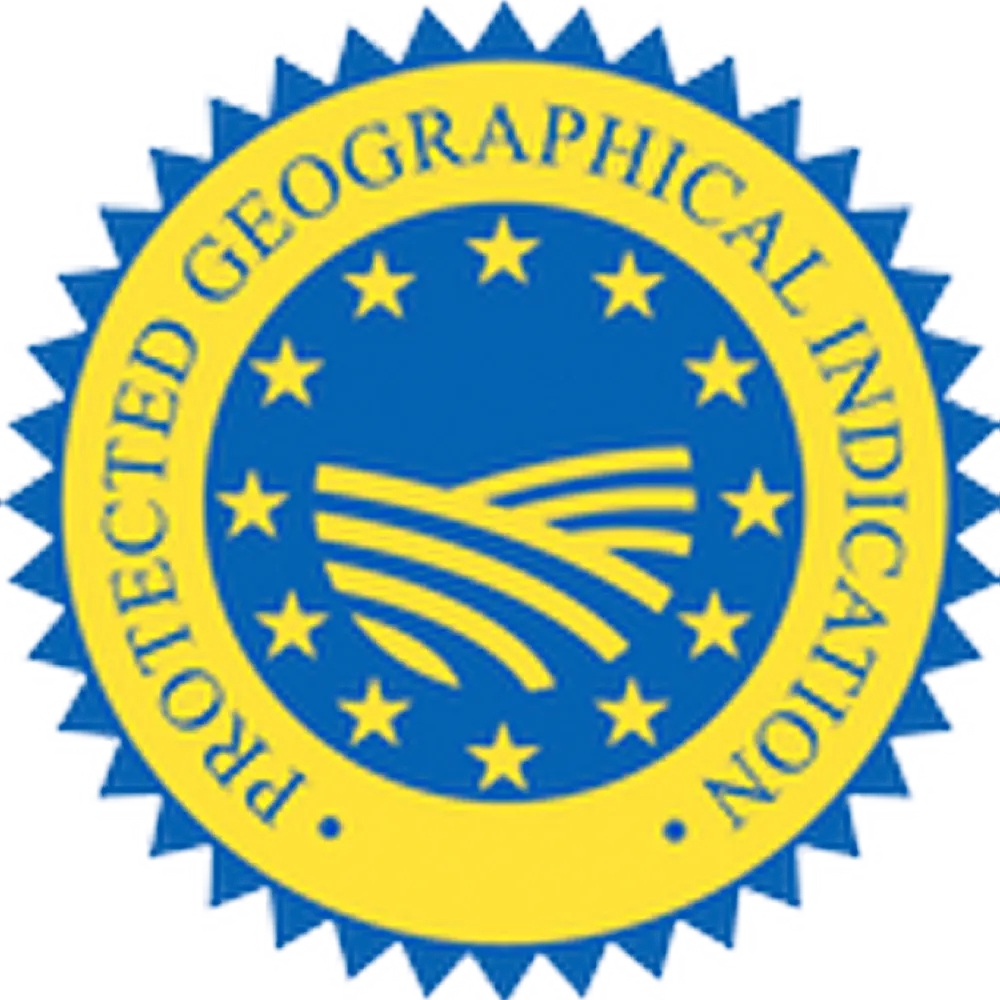Nizip Olive Oil Protected Geographical Indication
Monday, July 4, 2022
No: 158 – Protected Geographical Indication (PGI)
NİZİP OLIVE OIL
Registrant
Nizip Chamber of Commerce
The geographical indication, the technical features and control format of which are given in the annex was announced in the Official Gazette dated 03.09.2011 and numbered 28043. It has been registered to be valid from 18.08.2009 in accordance with Article 12 of the Decree Law on the Protection of Geographical Indications No. 555.
Registration Number : 158
Registration Date : 18.08.2009
Application Number : C2009/019
Type of Geographical Indication : Protected Geographical Indication (PGI)
Applicant : Nizip Chamber of Commerce
Address of Applicant : Istasyon Mah. Istasyon Cad. No: 2 Nizip GAZIANTEP
Name of Product : Olive Oil
Name of Geographical Indication : Nizip Olive Oil
Usage Format : Labeling
Product Description and Distinctive Features:
"Nizip Olive Oil" is an oil from traditional Turkish cuisine. It is an important vegetable oil that is obtained mechanically from the ripe fruits of the olive tree (olea europa L), liquid at room temperature, clear green to yellow in color, unique taste and odor, and can be consumed naturally.
The oil rate of Nizip Olive is 35-37% higher than in other regions, due to the ripening stage, climatic conditions and soil structure.
Olive groves are generally found on flat and fertile red soils. The distance between the trees is not very large. The productivity of the fruit is high due to the fact that it is close to fresh water sources (the Euphrates River) and the average amount of annual precipitation is sufficient. Accordingly, the quality of the olive oil obtained is high.
The most common variety in the region is Nizip Yağlık (suitable for oil).
The characteristics of the olive fruit grown in Nizip and its surroundings are as follows.
1-2% skin (epicarp)
63-86% flesh (mesocarp)
10-30% stone (endocarp)
2-6% seed (kernel)
The Mandatory Features in the Production Area in the Case of the Type of Geographical Indication Being Merchandise Mark
Nizip olive oil is obtained from Nizip Yağlık olives.
Production Method:
The olives from the farmers are cleaned by rinsing them to be separated from the stone, mud and leaf. The rinsed olives are crushed in the crushing machine and sent to the malaxator to be heated between 250C and 400C. The olive, which has been heated and left its oil, is sent to the decanter and separated into oil, water and pomace. The oil obtained is cleaned again with a centrifuge (separator) system and packaged.
DETAILED PROCESSING STAGES
∙ Pre-processing
∙ Removal of the liquid phase (oil and black water) from the solid phase
∙ Separation of oil and black water
A ) Pre-processing
∙ Removal of leaves - rinsing
∙ Olive crushing
∙ Kneading of olive paste (malaxation)
Cleaning the olives
It is applied to remove foreign materials such as branches, leaves and soil that olives may contain. It is known that the amount of foreign materials can reach up to 15% depending on the climatic conditions and olive harvesting method. It is important to rinse olives, especially in regards to oil quality and for the safety of the equipment used. A large amount of leaves causes an increase in the green color of the oil and undesirable sensory results, especially when metal crushers are used.
Crushing the olives
The crushing process is applied in order to physically damage the cell walls in the mesocarp and, thus, to combine the oil particles in micromolecular structure to gain a more suitable and fluid form for the separation of solid and liquid phases.
For this purpose,
∙ in classical and discontinuous systems, stone mills made of granite,
∙ in continuous systems, metal crushers are used because of their suitability for automation.
As a result of the kinetic energy generated during the crushing of olives, the temperature of the olive paste increases by
∙ 4-5ºC when stone mills are used,
∙ 13-15ºC when metal crushers are used.
Malaxation-Kneading
The purpose of this process is to homogenize the olive paste and to prepare the dough obtained by combining the oil globules for the next liquid-solid phase separation process. In the malaxation stage, the oil droplets combine to form a continuous phase and form large drops and the oil is released by breaking the oil-water emulsion.
The effectiveness of the kneading process depends on
∙ the rheological properties of the olive paste,
∙ the process conditions (temperature - time).
ANNOTATION:
Optimum kneading conditions:
- when using stone mills; 20-25ºC, 10-20 minutes,
- when using metal crushers; 90 minutes max.
The kneading temperature being higher than 50-60ºC increases the solubility of waxes, aliphatic alcohols and triterpene alcohols in oil, and consequently, non-standard olive oil production takes place. These values are the features that distinguish natural Nizip olive oil from pomace oil and refined oil.
B ) SEPARATION PROCESSES
CLASSICAL PRESSING METHOD
The classical pressing method is based on the principle of applying pressure to the olive paste, which is brought to a sufficient consistency by pre-processing, with the help of a press. Thus, the oil and black water forming the liquid phase are separated from the solid phase. Oil and black water are separated by the use of centrifugation or decantation methods depending on density difference.
CONTINUOUS/MODERN METHOD
It is based on the principle of removing the liquid phase (oil and black water) in the olive paste from the solid phase with the help of centrifuges / decanters rotating rapidly.
The chemical-physical-sensory properties and packaging for Nizip olive oil are in accordance with the Turkish Food Codex Communiqué on Edible Olive Oil and Edible Pomace Oil.
Harvest usually starts in November and lasts until early February.
In order to obtain quality Nizip olive oil, olives in our district are processed immediately after harvest. Otherwise, the olives will ferment, which leads to a decrease in the quality of the oil. However, in periods when olives are “abundant”, olives that have to be kept unprocessed are stored usually in piles of 20-30 cm in well-ventilated and cool warehouses. This prevents quality degradation.
Inspection:
Under the coordination of Nizip Chamber of Commerce; inspections will be carried out by a 5-person commission consisting of two lecturers to be assigned from Gaziantep University Nizip Vocational School, two experts to be assigned by the District Directorate of Agriculture, a person to be assigned from the Nizip Commodity Exchange, and a personnel to be appointed from the District Health Group Presidency.
Olive oil, which is one of the indispensables of Turkish cuisine, is produced all over the country. Companies producing olive oil as "Nizip Olive Oil" will be identified from tradesmen and trade registry records and tax records. In addition, companies producing Nizip Olive Oil will be identified through all of the chambers in the Union of Chambers and Commodity Exchanges of Turkey. Firms identified through various means, firms applying to our chamber for producing Nizip Olive Oil, and all firms announcing through the press and other media that they produce Nizip Olive Oil will be inspected by the supervisory authority.
The supervisory authority will regularly inspect the producers once a year according to the terms of use, production method and distinctive features. In addition, producers whose production is detected to be inappropriate will be inspected within 1 to 4 weeks from the date of detection, and producers reported to Nizip Chamber of Commerce according to physical distance within 1 to 4 weeks from the date of the report. Inspection and evaluation of complaints will be made under the coordination of the Nizip Chamber of Commerce General Secretariat.
The inspection commission will come together before each routine inspection period and come up with an inspection plan in compliance with the producers to be inspected and their addresses. Laboratories of other necessary public and private sector institutions will also be utilized for a fee.
In order to cover the costs of inspection, examination and reporting, the respective inspection fee will be collected from each firm, provided that it is utmost 5 times the gross minimum wage determined annually by the labor law of the Republic of Turkey, per each inspection. This fee will be reported to the companies after each inspection, according to the costs incurred. In addition to this fee for the inspection of the producers outside the Nizip district, the transportation, subsistence and residence fees of the inspectors will be collected from the companies from the respective city. After these costs are notified to the Nizip Chamber of Commerce by the inspectors, they will be shared equally among the companies that have undergone audits in that province.
These costs to be collected during the audits will be collected only for the purpose of meeting the audit costs, without profit.
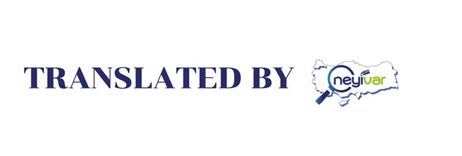
Original text from ci.gov.tr.
